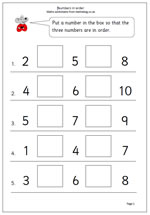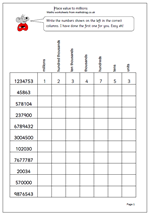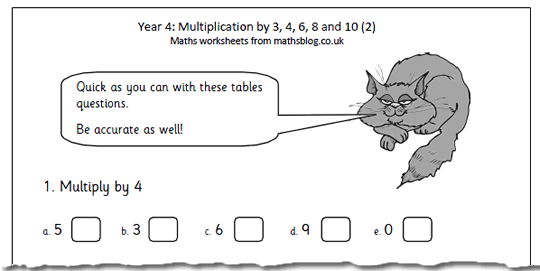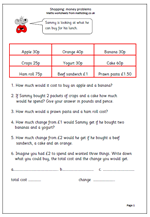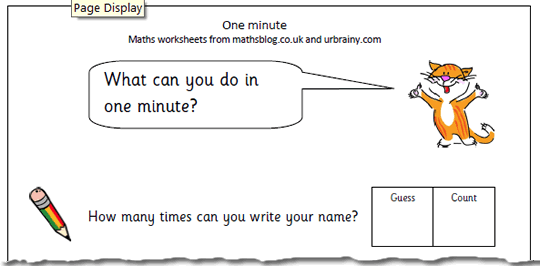being able to divide mentally is essential and is made much easier by knowing times tables.
Here is a follow up page to one published earlier, giving more practice with simple division. If children have a good knowledge of the 2x, 4x, 5x and 10x tables they should find these quite straightforward. The only potentially tricky ones are where the missing number is in the middle of the number sentence
eg 24 divided by ? = 6
This requires a good understanding of what the number sentence means, but all that is required to answer is a knowledge of ‘what multiplied by 6 makes 24’.
This worksheet can be found in our Year 3 Knowing Number Facts section.
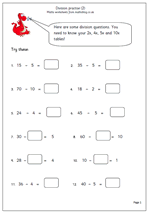
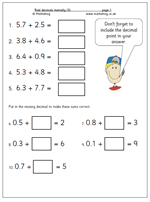
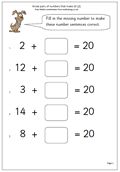
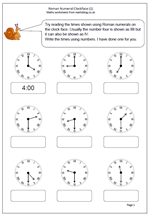
 Welcome to a new term and plenty of new maths material coming up over the next few months.
Welcome to a new term and plenty of new maths material coming up over the next few months.